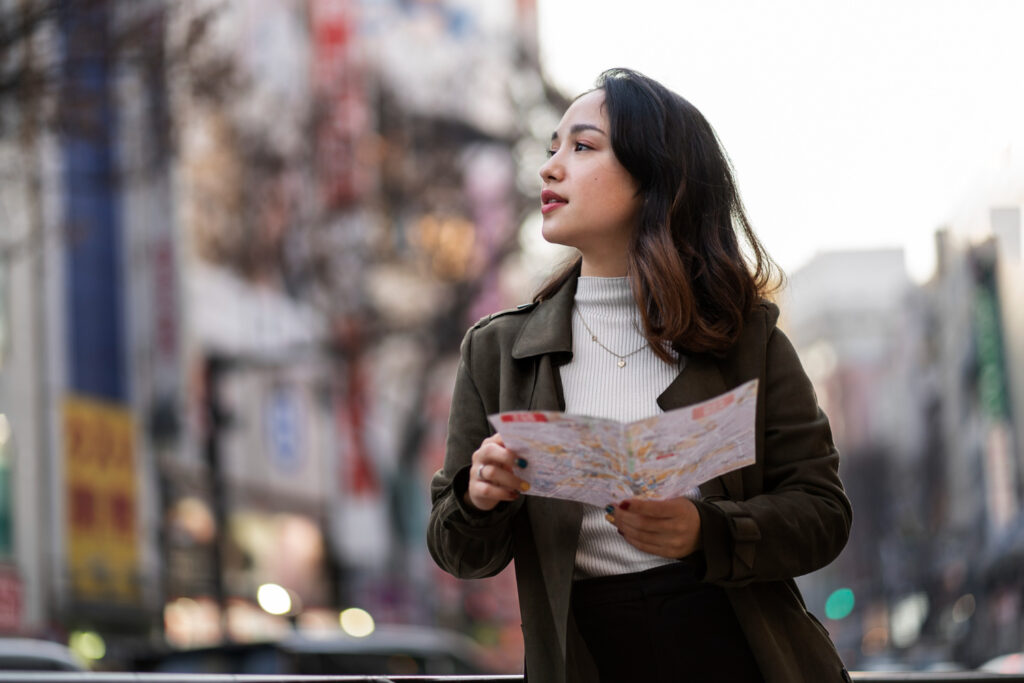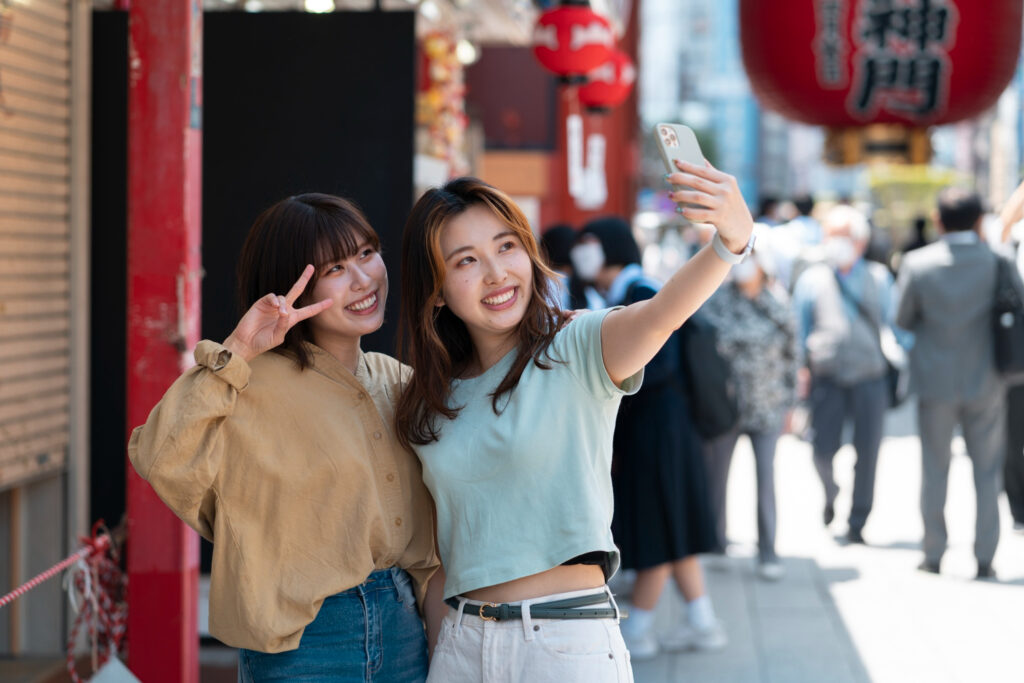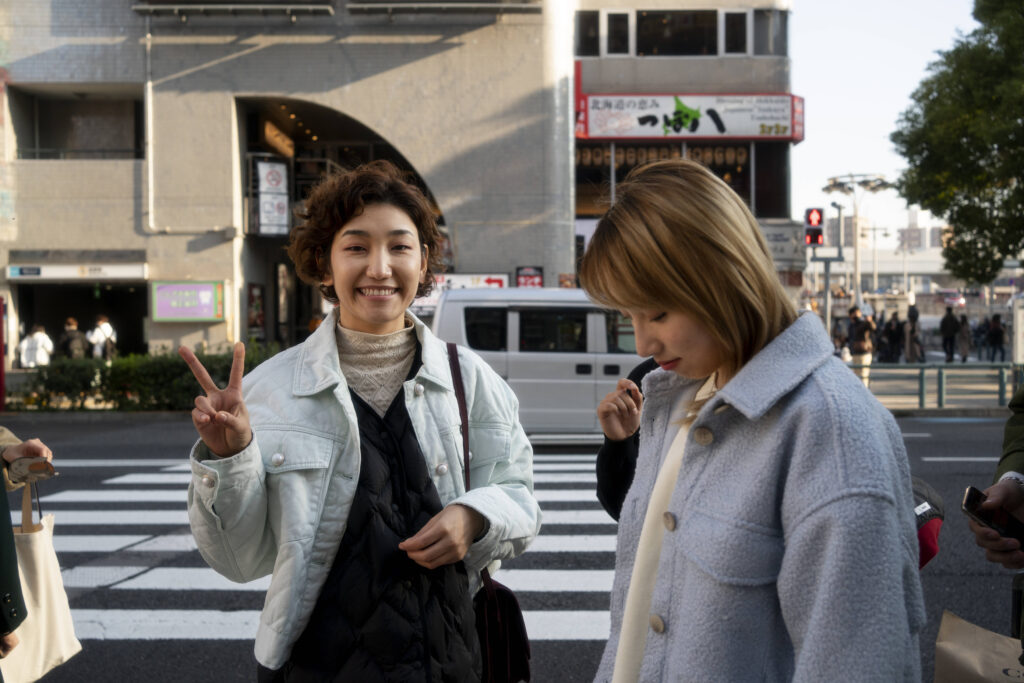Frequently Asked Questions About Traveling to Japan

Common FAQS before planning your trip
What are the requirements to travel to Japan?
The requirements to travel to Japan can vary depending on your nationality, the purpose of your visit, and the duration of your stay. Here are the general requirements for most visitors:
- Valid Passport: You need a passport valid for the duration of your stay in Japan. Make sure your passport has at least six months of validity remaining beyond your planned departure date.
- Visa: Depending on your nationality, you may need to obtain a visa before traveling to Japan. Citizens of many countries, including the United States, Canada, Australia, and most European countries, can enter Japan for short-term stays (usually up to 90 days) without a visa. However, citizens of some countries need to apply for a visa in advance. Check the website of the nearest Japanese embassy or consulate for visa requirements based on your nationality.
- Entry Form: All travelers entering Japan, regardless of visa requirements, are required to complete an Arrival Card. This card includes basic information about your trip, such as your purpose of visit, intended length of stay, and contact information.
Do I need a visa to visit Japan?
It depends on your nationality and the purpose of your visit. Citizens of many countries can enter Japan for short-term visits without a visa. However, others may need to obtain a visa in advance. Check with the nearest Japanese embassy or consulate in your country for specific visa requirements.
Are there any health requirements for traveling to Japan?
As of my last update, Japan does not have any specific health requirements for entry. However, it’s a good idea to check the latest health advisories and requirements, especially regarding COVID-19, before your trip.
Is Japan an expensive travel destination?
While Japan can be relatively expensive compared to some other countries, the cost of traveling there largely depends on your travel style and preferences. Accommodation, transportation, and dining can be pricey in certain areas, but budget-friendly options are also available.
The ideal duration to see
Is it necessary to learn Japanese before visiting?
While learning some basic Japanese phrases can enhance your experience and help with communication, it’s not necessary. Many signs and transportation announcements in major tourist areas are also in English, and you can often find English-speaking staff in hotels and popular attractions.

How many days do I need to see Japan?
Japan depends on your interests, budget, and the places you want to visit. Many travelers find that a minimum of 7 to 10 days allows for a satisfying exploration of major cities like Tokyo and Kyoto, as well as some time in more rural or scenic areas.
A 2-3 week trip to Japan allows for a more comprehensive exploration of the country. A typical itinerary might include several days in Tokyo, Kyoto, and Osaka, with side trips to places like Hiroshima, Nara, and the Japanese Alps.
What is the best time to visit Japan?
Japan’s climate varies from region to region, so the best time to visit depends on where you plan to go and what activities you want to do. Generally, spring (March to May) and autumn (September to November) are popular times to visit due to pleasant weather and beautiful scenery.
When is the worst time to travel to Japan?
The worst time to travel to Japan in terms of weather depends on your preferences and tolerance for extreme conditions. The summer months of June to August can be hot and humid, especially in central and southern Japan. Typhoon season, which typically peaks from August to October, can also bring heavy rainfall and potential disruptions to travel plans.
What should I pack for my trip to Japan?
Pack according to the season and your planned activities. Comfortable walking shoes are essential, as you’ll likely be doing a lot of walking. In addition to clothing appropriate for the weather, consider bringing a universal adapter, a portable Wi-Fi device or SIM card for internet access, and any necessary medications.
How do I get around Japan?
Japan has an extensive and efficient transportation network, including trains, buses, and domestic flights. The Japan Rail Pass is a popular option for visitors, offering unlimited travel on JR trains for a fixed period. In cities, you can use subway and bus systems, or consider renting a bicycle for shorter distances.
What are some of the most famous festivals in Japan?
Some of the most famous festivals in Japan include:
- Gion Matsuri in Kyoto, known for its vibrant processions of floats (yamaboko).
- Takayama Matsuri in Takayama, featuring ornate floats and traditional performances.
- Awa Odori in Tokushima, where participants dance through the streets in colorful costumes.
- Sapporo Snow Festival, showcasing stunning ice and snow sculptures in Hokkaido.
- Nebuta Matsuri in Aomori, featuring illuminated floats depicting mythical figures.
- Tanabata Matsuri, celebrated across Japan with colorful decorations and bamboo displays.
When is the typhoon season in Japan?
The typhoon season in Japan typically runs from May to October, with the peak occurring from August to October. During this period, Japan experiences an increased frequency of typhoons, which are tropical cyclones that can bring strong winds, heavy rain, and storm surges.
How often do earthquakes occur in Japan?
Japan experiences thousands of earthquakes every year, ranging from minor tremors to major seismic events. Most of these earthquakes are minor and go unnoticed by residents and visitors. Larger earthquakes occur periodically and can cause significant damage.
Japan has strict building codes and safety measures in place to mitigate the impact of seismic events. However, it’s essential for travelers to be aware of earthquake safety procedures and stay informed about potential risks during their stay.

What are some must-visit attractions in Japan?
Japan offers a wide range of attractions, including historical landmarks like Kyoto’s temples and shrines, natural wonders like Mount Fuji and the Japanese Alps, and modern cityscapes in Tokyo and Osaka. Other popular destinations include Hiroshima, Nara, and the scenic countryside of Hokkaido and Okinawa.
Is Japan safe for tourists?
Japan is generally considered a safe destination for tourists, with low crime rates and a well-developed infrastructure. However, as with any travel, it’s important to remain vigilant and take common-sense precautions to ensure your safety and security.

What are some cultural customs and etiquette I should be aware of?
- Bowing: Bowing is a common form of greeting and showing respect in Japan. The depth of the bow can vary depending on the situation and the level of formality.
- Removing Shoes: It’s customary to remove your shoes when entering someone’s home, certain traditional accommodations (ryokan), temples, and some restaurants. Look for shoe racks or designated areas to leave your shoes.
- Respect for Elders: Japanese culture places a strong emphasis on respecting elders and people in positions of authority. Use polite language (keigo) when speaking to older individuals or those in higher-ranking positions.
- Taking Public Transport: Avoid talking loudly or engaging in disruptive behavior on public transportation, such as trains and buses. Silence your phone and refrain from talking on it while on public transport.
- Queueing: Japanese people generally form orderly queues when waiting in line, whether it’s for transportation, attractions, or food. Always wait your turn and avoid cutting in line.
- Eating and Drinking Etiquette: When dining in Japan, it’s polite to say “itadakimasu” before eating to express gratitude for the meal. Do not stick chopsticks upright in a bowl of rice, as this resembles a funeral ritual. Instead, rest them on a chopstick rest or across the top of your bowl. When drinking with others, it’s customary to pour drinks for your companions rather than pouring your own.
